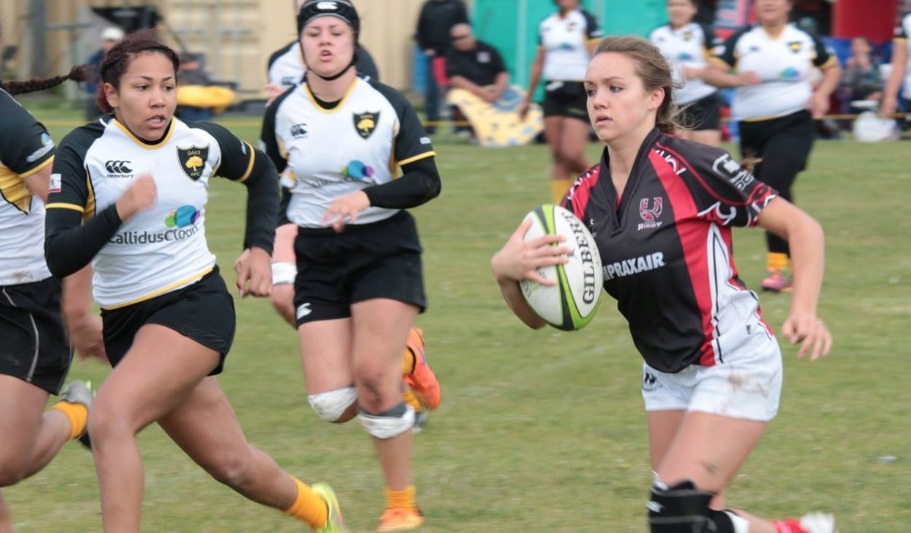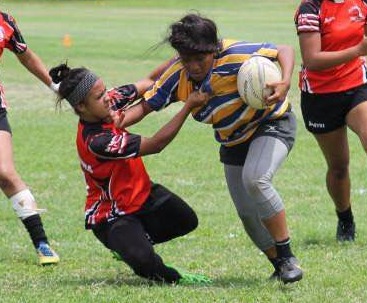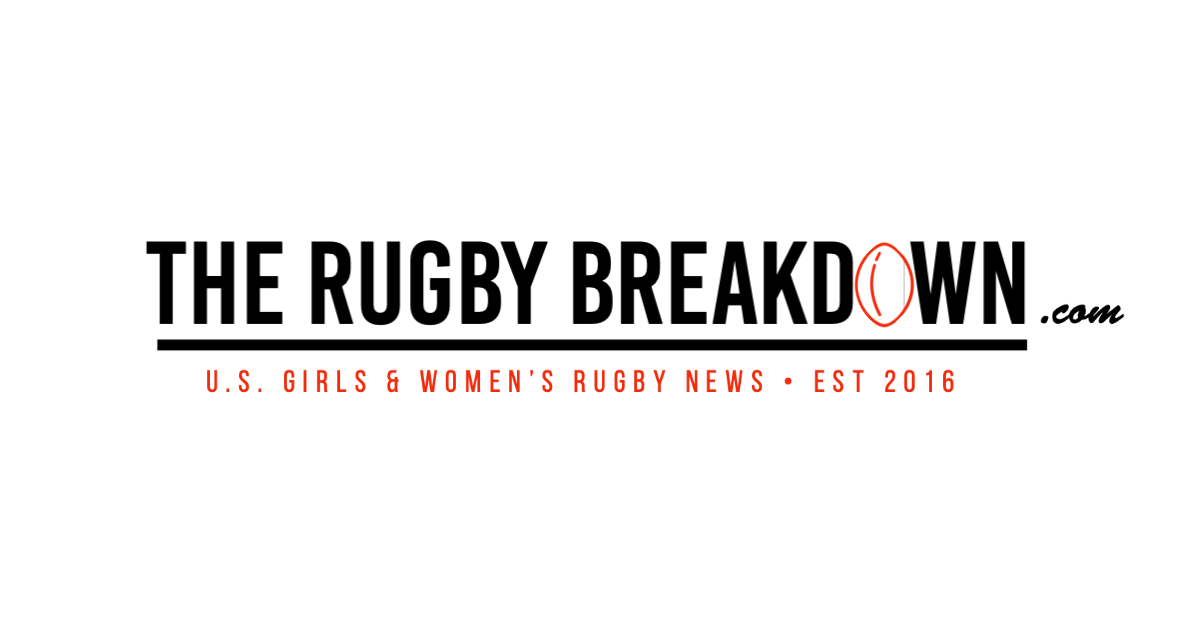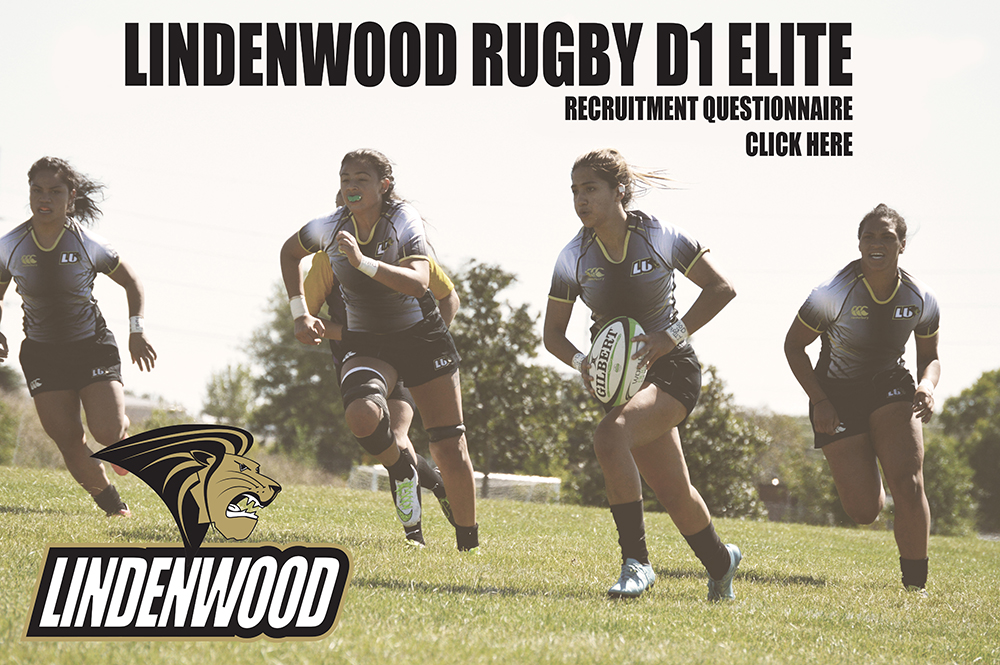
High school nationals may be over, but there is a bounty of playing opportunities awaiting this summer. /// Photo: Atavus
In the last few years, the opportunities for high schoolers to play summer rugby have grown exponentially. Between new leagues and all-star programs, more and refined player camps, and academies and residencies, it’s no longer a question of where the opportunities lie but which options are the best suited to the individual.
Player camps have experienced the greatest growth, which goes deeper than the simple addition of more weeklong assemblies. Companies are catering to different tiers of athlete. Take Atavus, which has launched Emerging Resident Camps to contrast with its Performing Resident Camp for U18 players. The former is geared toward that promising athlete who is new to the sport or looking to progress to Performing status. Hilo Reign’s Asinaulu Holika (inset) is a prime candidate. The 16-year-old is a known entity in Hawaii, having been named 2015 state championship MVP. She’s attended camps in the past but has also turned down invitations due to travel costs. Holika received a scholarship to attend the Emerging Resident West Camp at Central Washington.

“By attending this Emerging Camp I hope to hone my rugby skills, and learn the latest rugby techniques and skills,” explained Holika, who injects power, strength and speed into the Hilo backline. “I also hope to learn to control and manipulate my opposition with smart decision-making through match-like, situational games presented under increasing pressure.”
Yes, that’s what driven high school rugby players sound like today.
“Playing college rugby has always been a goal and still is, but I don’t want to end my rugby career there,” Holika continued. “I don’t know how far it will take me, but I’m willing to make the sacrifices to see how far I can and will go.”
Camps recognize that athletes like Holika want a rugby career, and partnerships with entities like The Rugger’s Edge bring that element of higher education into the assemblies. Atavus, US Collegiate Development, SoCal Rugby Camps and most recently Nike Rugby Camps have all aligned with the pre-eminent consultant for college-bound rugby players.
“We are thrilled to work with Nike Rugby Camps this summer,” said The Rugger’s Edge founder Karen Fong Donoghue of her latest partnership. “Many top student athletes attend these camps but lack the knowledge about how to further their education and rugby careers. I have known Stanford Camp director Josh Sutcliffe and CU Boulder Camp director Zach Fenoglio for many years and with the immense growth in both high school and college rugby, we all agreed that this was something that needed to be provided to campers.”
Academies, which all offer longer-term summer blocks of residency to high schoolers, are embracing the college component in building rugby athletes. San Diego’s Institute of Rugby builds Ruggers Edge-driven classes into their athletes’ curriculum, and American Rugby Pro Training Complex, a National Development Academy (NDA), has launched its College Prep Program for full-time, on-site residents this summer. Fellow NDA Scion Rugby Academy also hosts a college informational session.
All of the aforementioned are excellent options to stay rugby busy during the summer, but obviously, they require funding. Some entities offer scholarships, while others make inclusivity a priority.
Bowdoin College is in its fifth year of hosting the Polar Bear Rugby Camp in Brunswick, Maine, and head coach MaryBeth Mathews makes the trip to her corner of the country an easier one. In addition to discounts for early registration, family members and groups, the camp sponsors four students from Play Rugby USA as well as other students who demonstrate financial need. There are options for payment plans and also gift certificates to rugby camp that can be raffled during fundraisers.
“Our mission is to offer the opportunity to go to rugby camp to all players who want to come,” Mathews reiterated.
That mission extends beyond the U.S., and this year’s camp welcomes players from South Africa and Italy. Players from Canada, England and Guam have attended in the past.
Camps, residencies, academies – they’re all good options for sampling the elite levels of the game, and so are all-star teams. More states are fielding select sides in 7s and 15s, and they’re coming together at larger events. The Regional Cup Tournaments (RCTs) have emphasized the division of JV and varsity sides, and Mid-America is just one of the new programs signing up multiple teams for the RCTs. These regional all-star events also serve as scouting venues for the Girls High School All American east and west camps, which will supply teams against two Canadian opponents this summer.
The Midwest is hosting a 7s all-star championship at the Lakefront 7s tournament. It, too, is encouraging JV and varsity sides, and Iowa is one of the young states embracing the opportunity.
But arguably the most exciting all-star 7s event this summer is the North American International 7s. The local tournament went dormant after 2011 due to venue issues, but it returns with a stellar cast of girls high school teams for the first time in five years. These teams are not associated with their State Rugby Organizations, unlike the all-star teams competing in the RCTs.
The eight-team elite division features the Utah Rugby Academy (which is heading to the United World Games in Austria in fewer than two weeks), a unique operation in the girls high school game. Atavus, Play Rugby USA, California’s Rhino Academy, Atlantis and Colorado’s Rocky Mountain Rebels account for the American teams, while the Celtic Barbarians (Alberta) and Upright Rugby Rogues represent Canada. This event is special because it’s insight into what an academy championship might look like one day. To boot, the tournament is a charity event and proceeds benefit at-risk athletes within the academy.
This is just a sampling of the summer playing opportunities, which range from a weekend camp on a college campus, to a months-long stay at an NDA. And don’t forget the most traditional option, which is becoming more common for this age group: Sticking with one’s home club and playing toward a state-sponsored summer 7s title.




